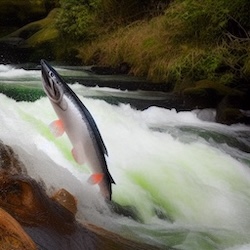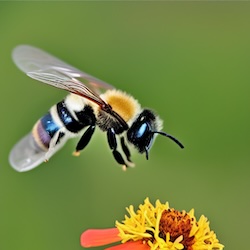
1. NASA found liquid water hidden under Mars surface. (164 words)
Is Mars the rocky and dusty planet we all believed it to be? Follow Nasa's rover and find out more.
More than four billion years ago the outer core of Mars cooled, turning off the dynamo that maintained the magnetic field. As a result, the planet was exposed to the solar wind, which ripped away the atmosphere, allowing the planet’s water to evaporate into space. Mars currently appears to be a barren desert with riverbeds, deltas and deep ocean basins pointing to the water that once existed there. However, a recent discovery has experts both excited and perplexed. Scientists are ecstatic after discovering tons of secret water on Mars. Is it because it denotes the presence of life? Or, are we just a step closer to conquering Mars? Let’s find out.
A robotic rover recently discovered enormous amounts of water beneath the surface of Mars, which surprised many people who had previously thought of mars as nothing more than a rocky and dusty planet. Mars is one of the most fascinating planets in our solar system. Mars is a world onto itself. One theory suggests that there was once life on this planet, billions of years ago because the surface is solid. This red planet has been a popular subject to fiction and science fiction, but it is also a hotspot for researchers.

2. Sea level rise, ocean warming is accelerating. (199 words)
Tommy Moore, oceanographer, explains the dangers of global warming for sustainable fishing.
R: Tommy Moore is the oceanographer for Northwest Indian Fisheries Commission, which supports tribes in Washington State. He says in recent years repeated heatwaves off the coast there have damaged salmon and crab stocks.
T.M.: I know it is a concern, because it’s tough to maintain a fishery when making your way of life when it becomes increasingly uncertain.
R.: A way of life because in addition to economic benefits many native communities are culturally tied to specific marine animals. Worldwide indigenous communities are disproportionately affected by climate change. Moore says a side effect of being intimately involved in the ocean is that tribes have a lot of knowledge to offer scientists and policymakers.
T.M.: The fishermen are, you know, they’ve been out there working these areas for generations and they see changes that scientists wouldn’t see.
R.: Today’s report stresses the importance of that knowledge as countries adapt to warming oceans, because while eliminating greenhouse gas emissions immediately would help lessen the impacts on the oceans in the long term there is no way out in the short term. The oceans will keep getting hotter and higher, and they will require dramatic, sometimes painful changes to help people live along the world’s coast.

3. Bee extinction: why we're saving the wrong bees. (173 words)
Are honey bees the best pollinators in the bee family, or are there other relatives that we are not taking into account?
They’re weird, fuzzy, and in a lot of trouble. These insects are actually all bees – wild ones. And they’re debatably more important than the honey-making kind. People are really worried about bees, but what most people don’t know: Honeybee numbers are increasing worldwide. Not just that, but the way humans use honeybees makes them a problem. Putting a honeybee hive in your backyard doesn’t help. Because we are saving the wrong bees.
Animals are involved in the pollination of 90% of the world’s flowering plants. And when you think of pollinators, the honeybee probably comes to mind. That’s because honeybees and humans have an ancient relationship. Bees have been managed for thousands of years.
Honeybees are native to Asia, Europe, and Africa, but nowadays are everywhere except Antarctica. Apis mellifera is the most common honeybee and the best-studied, although there are another 10 known species. They are general pollinators, meaning they will pollinate most plants. And although honeybees are at risk from pests and disease, the number of colonies worldwide is actually growing. According to the FAO, managed hives have increased worldwide by 83% since 1961.